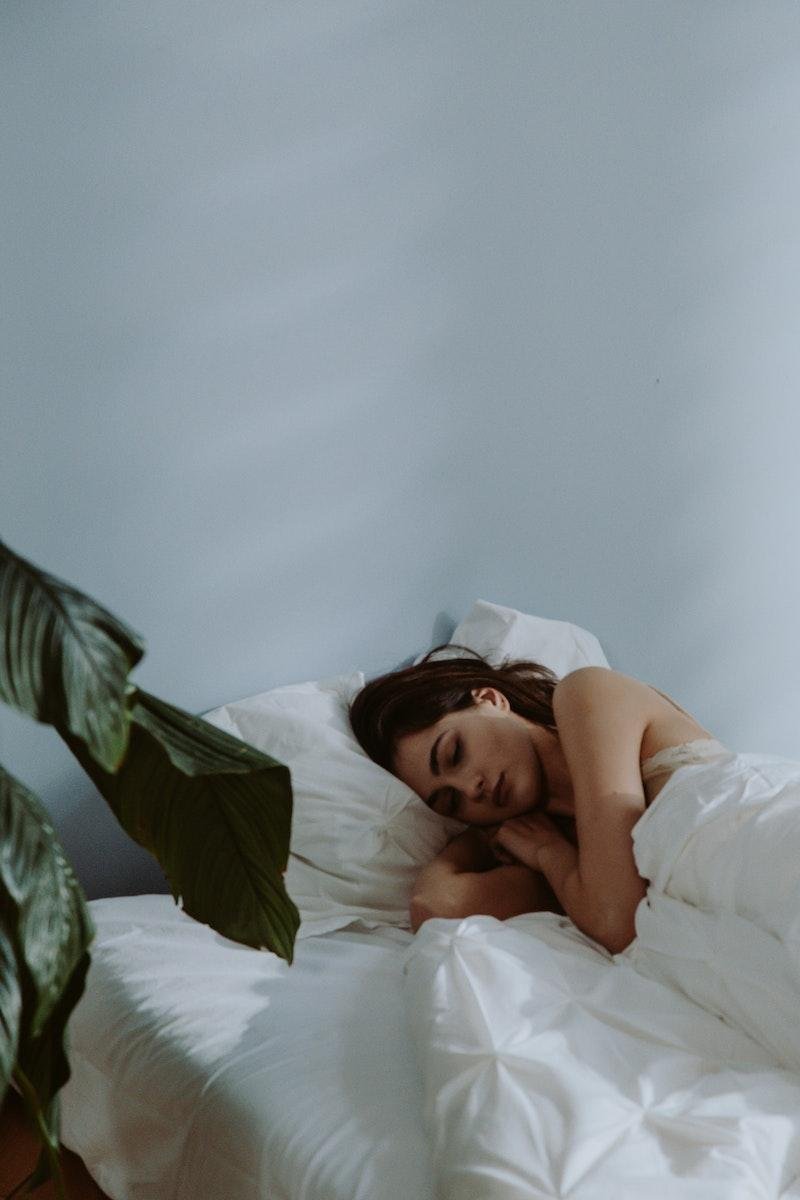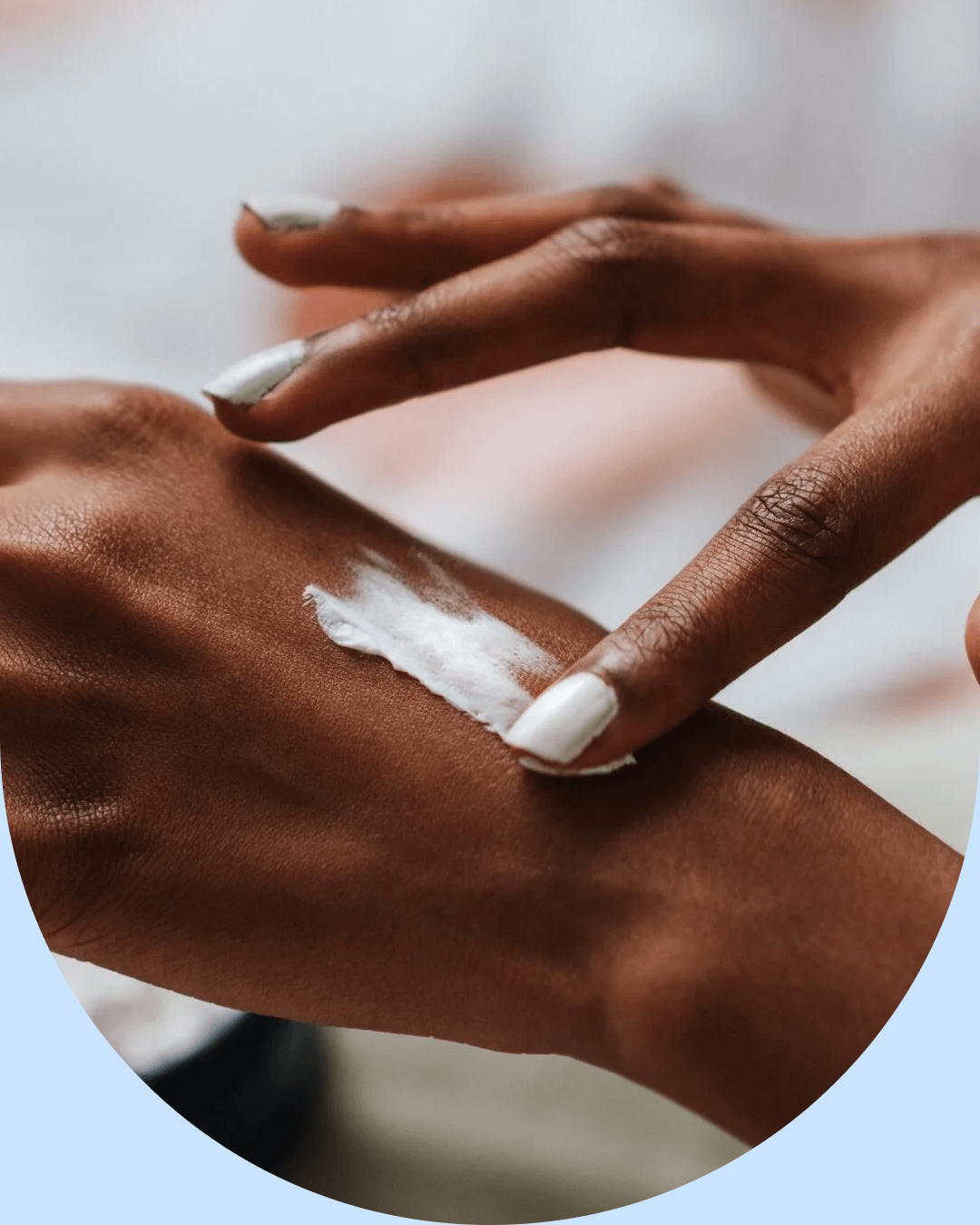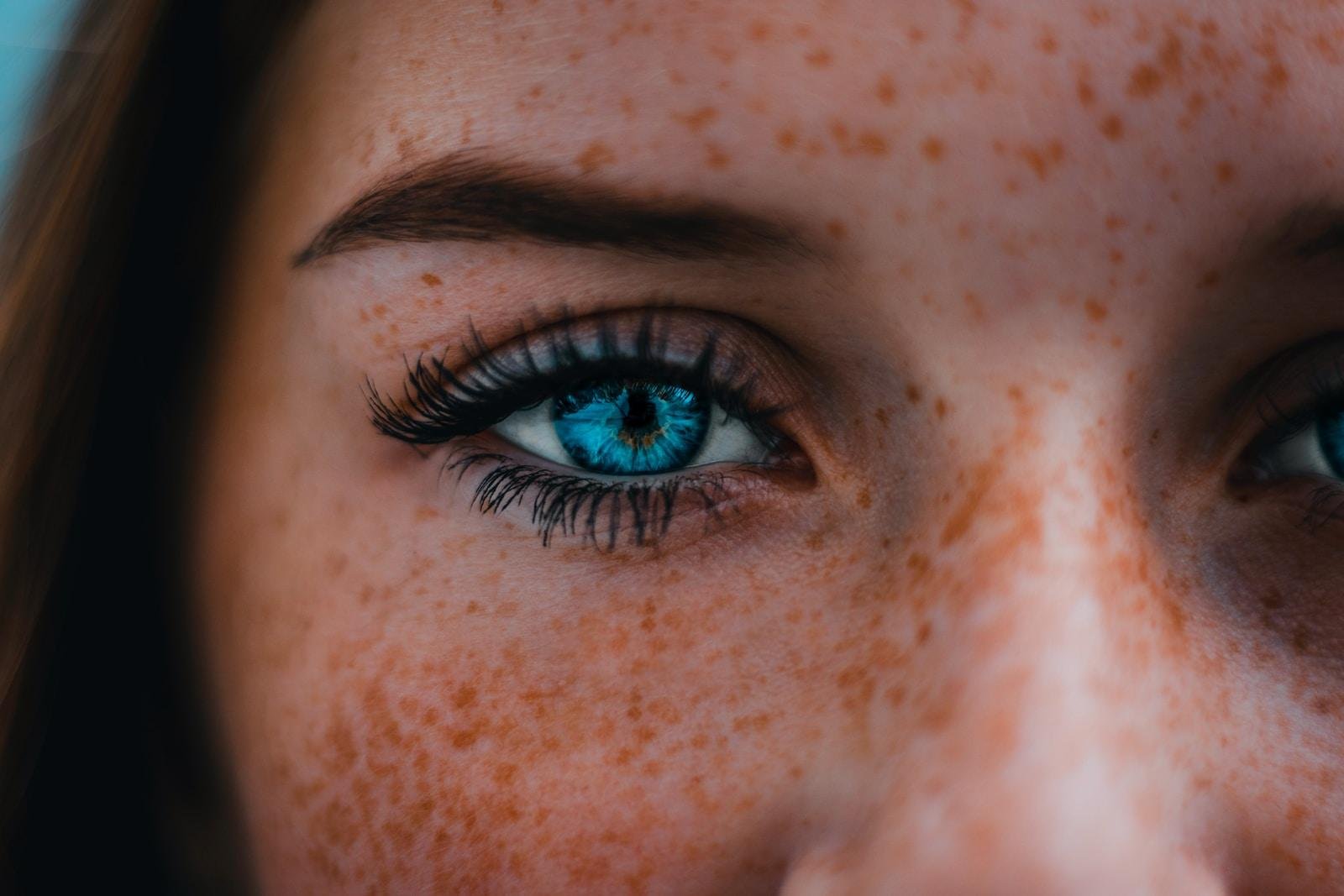In skincare and haircare, we focus on ingredients, products, and techniques, but there’s a crucial aspect that might slip under the radar: our sleeping habits. As we rest, our body goes through a natural process of renewal, with our skin undergoing healing and rejuvenation. Herein lies an opportunity to optimize this process – the silk pillowcase. Known for being gentle on both skin and hair, switching to a silk pillowcase can transform both the health and appearance of your skin and hair. Below, we’ll delve into the properties of silk pillowcases, their benefits for skin and hair, and how they compare to other materials like cotton or satin.
Silk vs. Satin Pillowcases
Silk and satin are often used interchangeably, but when it comes to the skin and hair health, these two fabrics hold distinct qualities that set them apart. Understanding these differences can shed light on why silk pillowcases are often favored for skin and hair care compared to satin.
Silk:
Silk is a natural fiber derived from the silkworm’s cocoon. The manufacturing process involves carefully unraveling the threads of these cocoons and weaving them into a luxurious fabric. The result is a textile that boasts a remarkable combination of smoothness, softness, and breathability. The natural properties of silk, such as its hypoallergenic nature and moisture-wicking capabilities, make it highly sought after in the world of skincare and hair care.
Satin:
On the other hand, satin refers to a weaving technique rather than a specific type of fiber. Satin weaves create a glossy, lustrous surface on one side of the fabric. This technique is what gives satin its characteristic sheen and smooth texture. Silk can be woven into satin fabric, but satin itself can also be woven from other materials such as polyester or nylon.
Advantages of Silk vs. Satin
Texture and Friction:
Silk’s natural protein-based fibers result in an incredibly smooth and slippery texture. This characteristic minimizes friction between the fabric and your skin and hair, reducing the risk of creases, tangles, and hair breakage during sleep. Satin, while it does have similar properties thanks to its weave, might not offer the same level of friction reduction because of its fiber composition.
Hypoallergenic Properties:
Silk’s hypoallergenic nature makes it a gentler option for those with sensitive skin or allergies. Its natural fibers are less likely to trigger adverse reactions, making it an appealing choice for individuals prone to skin irritations. Satin pillowcases, depending on their material composition, might not possess the same hypoallergenic benefits as silk.
Absorption of Moisture and Products:
One of the standout qualities of silk is its minimal absorption of moisture, oils, and skincare products. This means that your skin and hair care products are more likely to stay on your skin and hair, rather than being absorbed by the pillowcase. Satin, depending on the material it’s made from, might not offer the same level of resistance to moisture absorption.
The Science Behind Silk’s Properties
Silk is so much more than its luxurious appearance; it’s the remarkable properties of this natural fabric that truly make it stand out in skincare and hair care. Delving into the scientific aspects of silk unveils a world of benefits that contribute to nurturing healthy skin and hair.
Smooth Texture and Reduced Friction:
At the heart of silk’s magic lies its incredibly smooth texture. The microscopic structure of silk fibers creates a surface that glides effortlessly against your skin and hair. This reduced friction during sleep minimizes the chances of sleep creases forming on your face and decreases the likelihood of hair breakage, tangles, and split ends.
Hypoallergenic and Antimicrobial Attributes:
Silk is a natural powerhouse when it comes to being hypoallergenic and antimicrobial. The sericin protein present in silk fibers acts as a natural deterrent to allergens and irritants. This means that silk pillowcases are less likely to harbor dust mites, mold, and other allergens that can trigger skin sensitivities and respiratory issues. Additionally, silk’s antimicrobial properties inhibit the growth of bacteria and microbes, contributing to a cleaner and healthier sleeping environment for your skin and hair.
Minimal Absorption of Moisture, Oils, and Skincare Products:
Unlike fabrics such as cotton, silk exhibits a notably low absorbency rate. This characteristic holds a significant advantage: when you apply your bedtime skincare regimen, the products are more apt to remain on your skin, rather than being absorbed by the fabric. This principle extends to the natural oils produced by your skin and hair – silk doesn’t act as a sponge, aiding in the preservation of crucial moisture levels within the skin. Simultaneously, this also deters the growth of moisture-seeking bacteria in the pillowcase, preventing acne.
Benefits of Silk Pillowcases for Skin
Thanks to silk’s natural properties, it benefits the skin in multiple ways. It can help both prevent short-term sleep creases, as well as the long-term formation of wrinkles, and is gentle enough for those with sensitive skin and allergies.
Reduced Friction and Prevention of Sleep Creases/Wrinkles:
Sleeping on traditional pillowcases can lead to sleep creases and wrinkles, caused by the friction between your skin and the fabric. Silk’s ultra-smooth texture significantly reduces this friction, allowing your skin to glide gently as you move during sleep.
Potential Anti-Aging Effects by Maintaining Skin Elasticity:
As time passes, maintaining your skin’s elasticity becomes a key aspect of anti-aging efforts. One of the ways wrinkles form involves pulling or stretching of the skin over time (a key reason for patting, not rubbing, skincare products onto your face). With this, silk’s ability to minimize friction can help. By mitigating the pulling and tugging that commonly occurs with conventional pillowcases, silk helps preserve your skin’s natural elasticity over time, preventing wrinkles.
Gentle and Hypoallergenic, Suitable for Sensitive Skin:
Sensitive skin requires extra care, and silk pillowcases deliver just that. Their hypoallergenic nature, combined with their minimal abrasive potential, makes them an excellent choice for individuals with sensitive or easily irritated skin. Silk’s gentle touch ensures reduces the risk of redness, itchiness, or discomfort.
Less Likely to Cause Irritation or Exacerbate Skin Conditions:
Certain skin conditions can be aggravated by rough or coarse fabrics. Silk’s softness and smoothness offer relief to individuals with conditions like eczema or psoriasis. Rather than exacerbating irritation, silk pillowcases provide a soothing surface that minimizes friction and discomfort, helping your skin to heal.
Retention of Skincare Products on the Skin:
Imagine your nighttime skincare routine actually staying on your skin all night long. Silk’s unique property of minimal moisture and product absorption ensures that your carefully applied skincare products remain on your skin, working uninterrupted throughout the night.
Advantages of Silk Pillowcases for Hair
Silk pillowcases aren’t just good for your skin; they work wonders for your hair as well. From preventing breakage to preserving your curls, silk’s properties extend to your tresses in numerous ways.
Prevention of Hair Breakage, Split Ends, and Tangling:
Hair is delicate, and nighttime friction can lead to hair breakage, split ends, and frustrating tangles. Silk’s smooth and friction-reducing surface acts as a protective barrier, allowing your hair to glide effortlessly as you move during sleep. This minimizes the stress and tension that can contribute to hair damage, keeping your locks looking luscious and healthy.
Reduction in Hair Frizz and Maintenance of Styled Hair:
Taming frizz can be a constant struggle, especially for those with textured or wavy hair and cotton pillowcases can snag at individual strands. Silk pillowcases provide a surface that minimizes friction and static electricity. This results in smoother hair cuticles and reduced frizz, making it easier to maintain your hairstyle, whether you’ve straightened, curled, or left your hair natural.
Preservation of Natural Hair Oils Due to Minimal Absorption:
The natural oils produced by your scalp are key to your hair’s health and shine. Traditional pillowcases can absorb these oils, leaving your hair feeling dry and lackluster. Silk’s low absorption rate ensures that your hair’s natural oils remain where they belong – on your hair. This means that you wake up with hair that’s still smooth and soft.
Support for Maintaining Curly or Delicate Hair Textures:
Curly and delicate hair textures are especially prone to damage from rough fabrics and friction. Silk’s gentle touch and reduced friction make it an excellent choice for preserving these hair types. By minimizing the pulling and tugging that can disrupt curl patterns or cause breakage, silk pillowcases allow your curls to remain well-clumped and defined..
Silk Pillowcases vs. Cotton Pillowcases
The choice between silk and cotton pillowcases extends beyond aesthetics; it impacts the health and appearance of your skin and hair. Let’s dive into the key differences between these two materials and understand why silk emerges as a superior choice for maintaining your skin and hair’s well-being.
Silk:
Silk’s unique properties, including its smooth texture and minimal friction, make it an ideal partner for skin and hair care. The reduced friction prevents sleep creases, tangles, and hair breakage, while also contributing to maintaining skin elasticity. Silk’s hypoallergenic and antimicrobial attributes create a clean sleeping environment, promoting skin health and preventing irritation. Its minimal absorption of moisture and skincare products ensures that your skin reaps the benefits of your nightly routine.
Cotton:
Cotton, a popular and familiar choice, does have its drawbacks when it comes to skin and hair care. Its absorbent nature can strip your skin and hair of natural oils, leaving them dry and prone to damage. Cotton pillowcases tend to roughen the cuticle of the hair, leading to frizz and breakage. Moreover, cotton’s propensity to retain moisture can create a breeding ground for bacteria, potentially contributing to skin issues.
Cotton’s Potential to Absorb Moisture, Oils, and Skincare Products:
Cotton’s high absorbency is both a virtue and a drawback. While it might be desirable for wiping away sweat during a hot day, it becomes a potential issue during sleep. Cotton pillowcases can absorb the natural oils your skin and hair produce, leaving them parched and in need of extra care. Additionally, the absorbency can lead to your carefully applied skincare products being absorbed by the fabric instead of staying on your skin.
Bacterial Retention Properties of Cotton:
Cotton’s moisture retention can also lead to bacterial growth. The damp environment created by cotton pillowcases can attract and retain bacteria, mold, and dust mites over time. These microorganisms can exacerbate skin conditions, allergies, and other sensitivities, making it a less than ideal choice for those seeking to maintain healthy skin.
The Importance of Washing Pillowcases Weekly Regardless of Material:
Regardless of whether you choose silk or cotton, the importance of regular pillowcase washing cannot be overstated. Weekly washing removes dirt, oils, sweat, and bacteria that accumulate over time, ensuring a fresh sleeping surface for your skin and hair. This practice is crucial for preserving the benefits of either material and maintaining overall hygiene.
Choosing the Right Silk Pillowcase
When it comes to selecting silk pillowcases, informed choices can make all the difference in ensuring you reap the maximum benefits for your skin and hair. Let’s look at essential things to consider when purchasing silk pillowcases.
Type and Grade of Silk:
There are four types of natural silk, but mulberry silk is the best known and produced thanks to its quality. Mulberry silk is produced by silkworms that feed exclusively on mulberry leaves, resulting in strong and smooth fibers. Charmeuse silk, a type of silk woven into a satin weave, is popular due to its lustrous appearance and smooth finish. This best enhances the properties of silk that make it a popular choice for hair and skincare.
Thread Count and Quality:
Thread count refers to the number of threads woven into a square inch of fabric. While it’s a common indicator of fabric quality, it’s not the sole factor to consider. A higher thread count generally indicates a smoother and softer fabric, but it’s essential to prioritize the overall quality of the silk rather than solely focusing on thread count. Look for well-made silk pillowcases that combine a suitable thread count with other quality markers.
Care Instructions for Maintaining Silk’s Properties:
Silk is a delicate fabric that requires specific care to maintain its properties. When purchasing silk pillowcases, be sure to read and follow the care instructions provided by the manufacturer. Typically, silk pillowcases should be washed with mild detergents in cold water on a gentle cycle. Avoid harsh detergents, high heat, and direct sunlight, as these can damage the silk fibers and compromise their benefits. By adhering to proper care, you can ensure that your silk pillowcase retains its smoothness and efficacy over time.
Pillowcase Closure:
Look for silk pillowcases with secure closures, such as envelope closures or zippers. These help keep the pillowcase in place on throughout the night, preventing it from slipping off or bunching up.
Price and Authenticity:
Quality silk pillowcases may come at a higher price point, but they are an investment in your skin and hair health. Be cautious of overly cheap options. They may not be made from genuine silk or might lack the quality required to provide the desired benefits.




